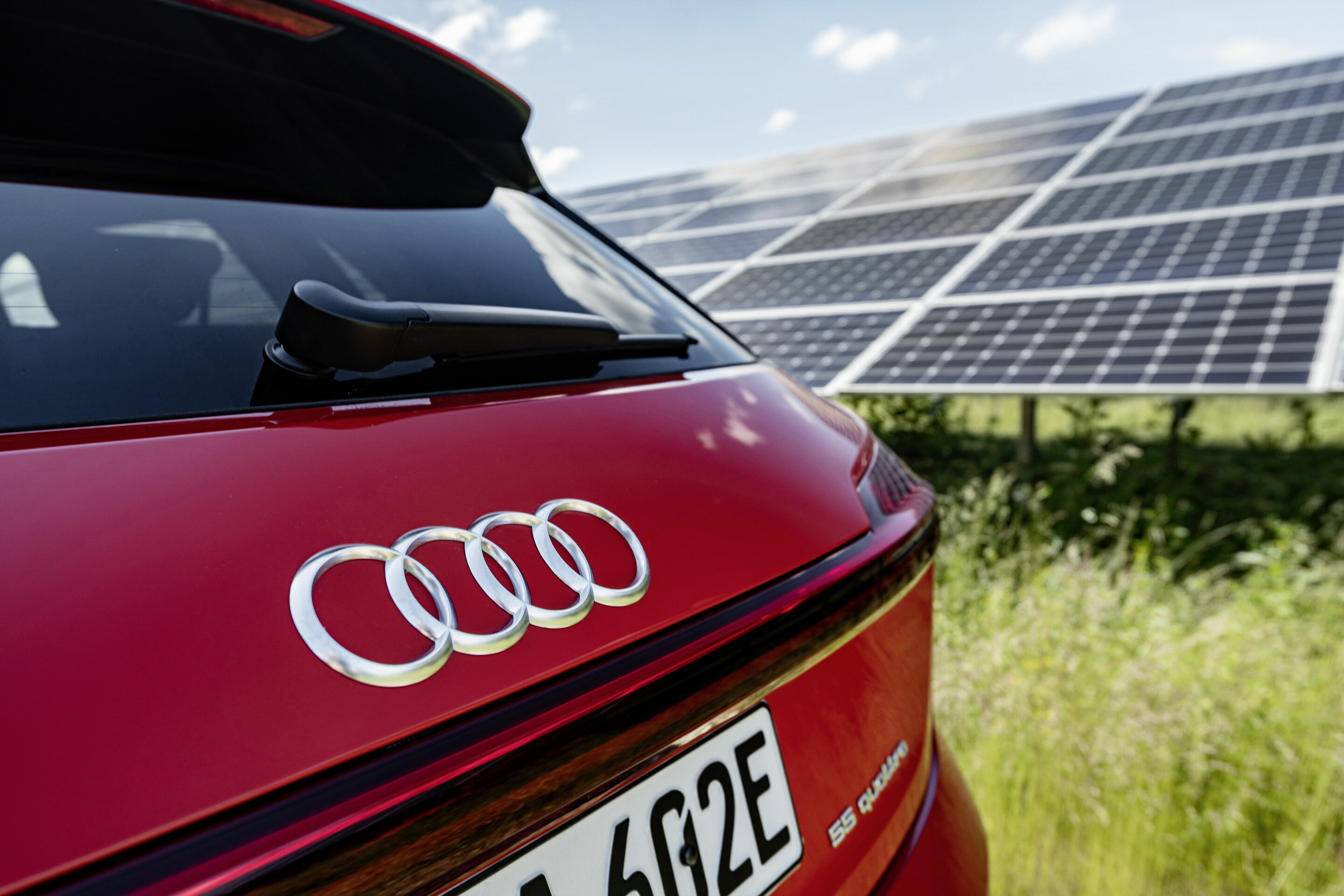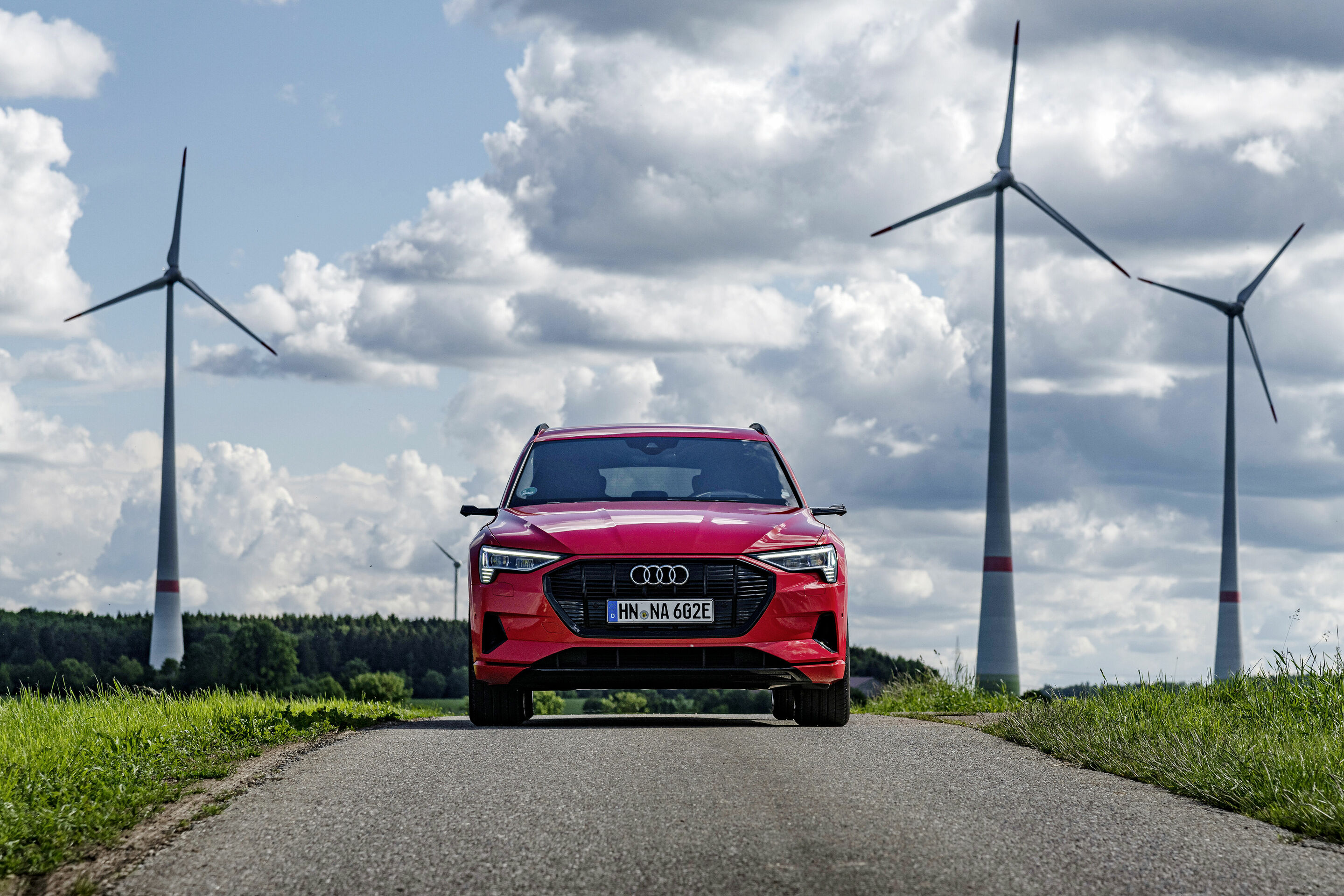Audi and EnBW cooperate on battery storage
- Sustainable use of second-life batteries as energy storage devices agreed
- Battery storage absorbs surplus renewable energy and supports power grid
- Joint pilot storage plant planned in Heilbronn
The energy and transport revolution go hand in hand. Tie-ups between the two sectors will substantially help bring about this transformation. High-capacity batteries are increasingly becoming an indispensable part of a sustainable energy sector – be it as large-scale storage devices in power grids or as a power source for electric vehicles. Audi and EnBW therefore aim to work together on battery storage solutions. The use of used Audi electric car batteries lies at the heart of this initiative.
EnBW is working on developing stationary storage devices that temporarily store power from its own wind farms and photovoltaic arrays in response to an energy surplus and support the power grid. Wind turbines and photovoltaic installations would no longer have to be taken offline temporarily whenever too much power is generated – moving a step closer to making optimum use of renewable energy sources. The storage devices will also be offered in the future to utility companies, industry or operators of decentralized generation plants.
Initial project before end of the year
Retired batteries from Audi electric cars lie at the heart of the storage devices. Second-life batteries still have a high capacity at the end of the vehicle’s life, making them ideal for use in stationary storage devices. Cooperation with EnBW provides Audi with a sustainable secondary use of this valuable resource. As an initial step, the two partners are building a reference storage plant on the premises of the EnBW combined heat and power plant in Heilbronn to test various usage scenarios. Planning is already well advanced, with construction due to start before the end of the year. The reference storage plant will be used as a technical and process test bed for future commercial systems. Building on this initial joint project, both companies intend to forge a long-term partnership for second-life storage devices and conduct other follow-up projects.
Sustainable mobility coupled with energy supply security
“The joint project embraces the basic idea of combining supply security and sustainability. That’s the starting point for many initiatives and large investments at EnBW,” says Arnim Wauschkuhn, who is in charge of stationary battery system solutions at EnBW and managing director of Kraftwerksbatterie Heilbronn GmbH: “Our cooperation is a positive tie-up in the automotive and energy sectors, allowing us to combine our respective expertise and leverage promising synergies.”
“Audi pursues the vision of emission-free mobility. Our electric campaign is an important first step here. Our aspirations, however, go beyond the automobile and that’s why we’re driving forward the development of sustainable mobility through research and cooperation. The joint project with EnBW aims to highlight options for the resource-friendly use of batteries after use in the car. And we’re already thinking ahead beyond the usage phase and promoting effective battery recycling,” says Reiner Mangold, Head of Sustainable Product Development at Audi.

